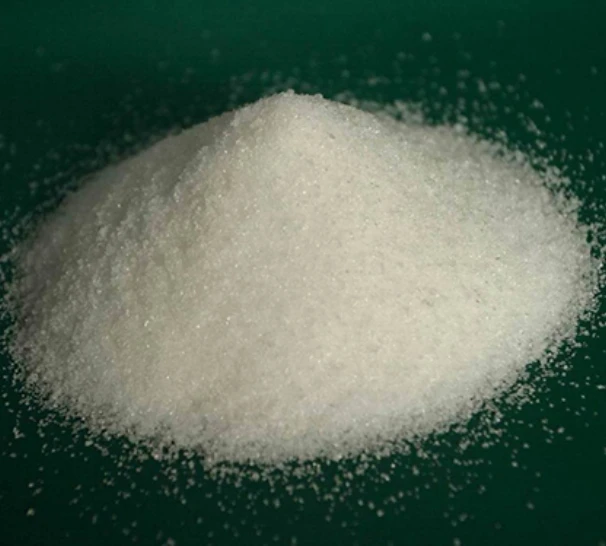Exploring the Applications and Safety of Chloroisothiazolinone in Industrial and Consumer Products
The Role of Chloroisothiazolinone in Industrial Applications
Chloroisothiazolinone, often abbreviated as CIT, is a chemical compound that has gained significant attention in various industries due to its effectiveness as a preservative and biocide. This compound belongs to a class of chemicals known as isothiazolinones, which are widely used for their antimicrobial properties. In recent years, the use of chloroisothiazolinone has surged, driven by the growing demand for products that require long-term preservation against microbial attack.
Understanding Chloroisothiazolinone
Chemically, chloroisothiazolinone is a heterocyclic compound that contains both sulfur and nitrogen in its structure, which contributes to its efficacy as a biocide. It is particularly effective against a wide range of microorganisms, including bacteria, fungi, and algae. This makes it an ideal candidate for use in products that require protection from spoilage and degradation over time. Its ability to function at low concentrations also makes it a cost-effective solution for manufacturers.
Applications in Consumer Products
Chloroisothiazolinone is commonly found in a variety of consumer goods, including personal care products, household cleaners, and industrial formulations. In personal care items such as shampoos, lotions, and makeup, CIT helps to extend shelf life and maintain product integrity, ensuring that consumers receive safe and effective products. Similarly, in household cleaners, CIT works to prevent the growth of mold and bacteria, which can pose health risks.
In addition to consumer applications, chloroisothiazolinone is extensively used in the manufacturing of paints, coatings, and adhesives. Its biocidal properties help to ensure that these products remain stable and free from microbial contamination during storage and application. This is particularly important in industries such as construction and automotive, where the durability and longevity of coatings are paramount.
Environmental Considerations
chloro isothiazolinone

While the utility of chloroisothiazolinone is undeniable, its use has raised environmental and health concerns. There is ongoing debate regarding the safety of isothiazolinones, especially in personal care and household products. Some studies have indicated that CIT can provoke allergic reactions in sensitive individuals, leading to skin irritation and other adverse effects. As a result, regulatory bodies in various countries are assessing its safety, and manufacturers are urged to comply with guidelines and conduct thorough testing to ensure consumer safety.
Additionally, the environmental impact of chloroisothiazolinone must be taken into account. If not managed properly, the use of biocides like CIT can lead to ecological imbalances, as they may affect non-target organisms in the environment. Consequently, there is an increasing push towards finding alternative preservatives that are both effective and environmentally friendly.
Innovations and Alternatives
In light of the concerns surrounding chloroisothiazolinone, researchers are exploring innovative alternatives that can provide similar antimicrobial protection without the associated risks. Natural preservatives derived from plant extracts and essential oils are gaining popularity, as they offer a more sustainable approach to product preservation. However, the efficacy and stability of these natural alternatives need further investigation to determine their viability in commercial applications.
In addition to seeking alternatives, many manufacturers are reformulating their products to reduce the concentration of chloroisothiazolinone, thus minimizing potential allergic reactions while maintaining product efficacy. Advances in technology enable the development of micro-encapsulation techniques, which can improve the delivery and effectiveness of biocides while minimizing exposure.
Conclusion
Chloroisothiazolinone plays a crucial role in the preservation of a wide array of products, ensuring that they remain safe and effective for consumers. Its antimicrobial properties make it an invaluable asset in industries such as personal care, household cleaning, and manufacturing. However, the challenges associated with its use—particularly in regards to safety and environmental impact—highlight the need for ongoing research and the development of more sustainable alternatives. As the market evolves, balancing efficacy with safety and environmental stewardship will be key to the future of chloroisothiazolinone and its applications.
-
Water Treatment with Flocculant Water TreatmentNewsJun.12,2025
-
Polymaleic AnhydrideNewsJun.12,2025
-
Polyaspartic AcidNewsJun.12,2025
-
Enhance Industrial Processes with IsothiazolinonesNewsJun.12,2025
-
Enhance Industrial Processes with PBTCA SolutionsNewsJun.12,2025
-
Dodecyldimethylbenzylammonium Chloride SolutionsNewsJun.12,2025





